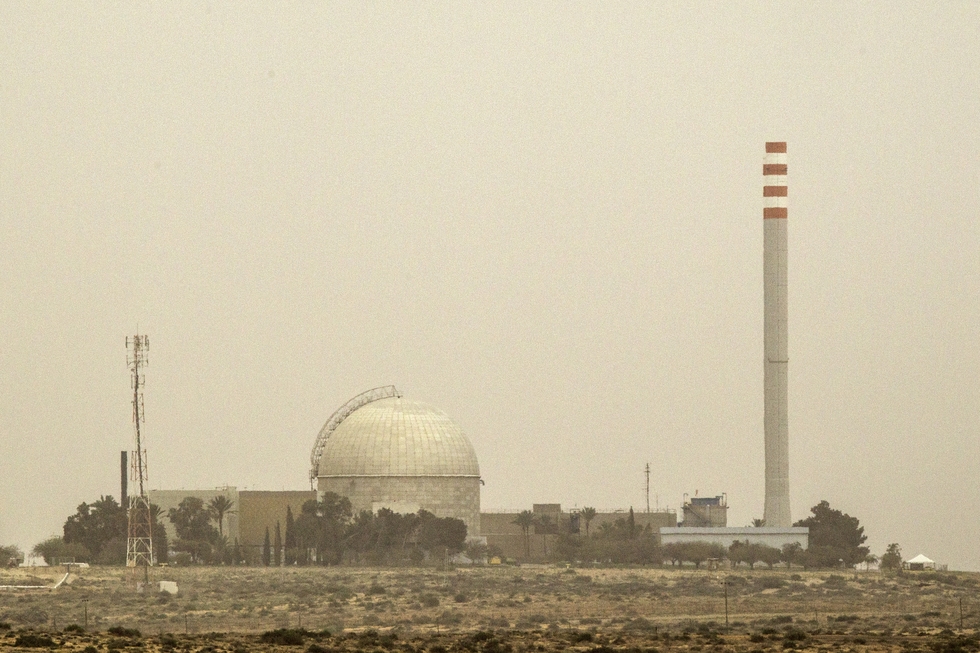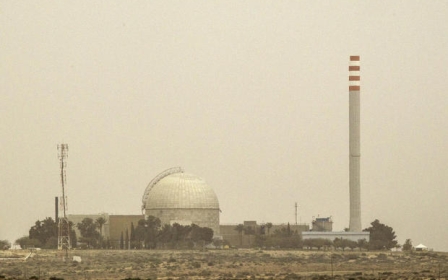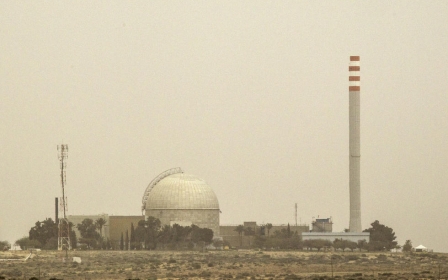Israel has 115 nuclear warheads: Report

A new US report says that Israel possesses 115 nuclear warheads in its secret arsenal of weapons of mass destruction.
The report by the Washington DC-based Institute for Science and International Security (ISIS), indicates that the arsenal is larger than previously thought, with most previous estimates suggesting Israel had around 80 warheads, which brought it roughly on par with the nuclear capabilities of India and Pakistan. Other estimates have put the figure much higher, at closer to 200, highlighting the secrecy that continues to shroud Israel's nuclear programme.
The ISIS report, which was based on previous reports and investigations, also states that Israel has produced about 660 kilograms of plutonium at the Dimona reactor in the Negev desert.
The site includes a heavy water reactor, a fuel fabrication plant and a plutonium separation plant, all of which were secretly provided by France in the 1950s and early 1960s.
The US, France, Germany, Britain and even Norway are also widely believed to have supplied Israel with nuclear materials at the time, allowing it to build up a clandestine and as yet never officially declared nuclear arsenal, neither confirming nor denying its stockpiles.
According to the report, which was published by the institute on its website on Thursday, each nuclear warhead carries between 3-5 kilograms of plutonium. The report revealed that Israel began to develop its nuclear programme in 1963.
While many have long known about the programme, its existence was confirmed by the declassification of formerly secret US government documents, with its existence further revealed by former Israeli nuclear technician Mordechai Vanunu, who in 1986 said that the nuclear weapons programme was much larger than commonly assessed at that time.
Israel was the sixth country in possession of nuclear weapons, after the five permanent members of the UN Security Council.
Middle East Eye propose une couverture et une analyse indépendantes et incomparables du Moyen-Orient, de l’Afrique du Nord et d’autres régions du monde. Pour en savoir plus sur la reprise de ce contenu et les frais qui s’appliquent, veuillez remplir ce formulaire [en anglais]. Pour en savoir plus sur MEE, cliquez ici [en anglais].




